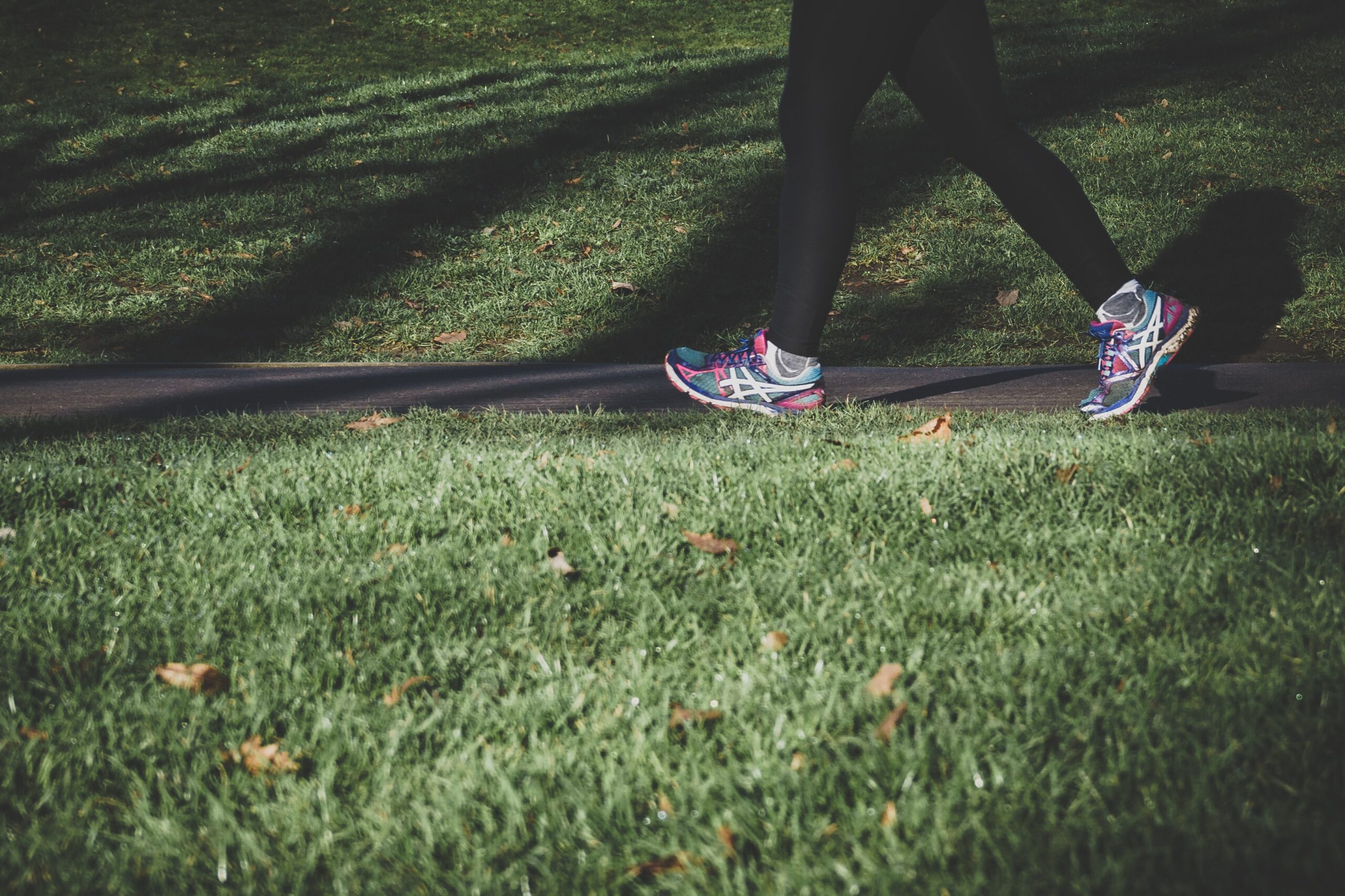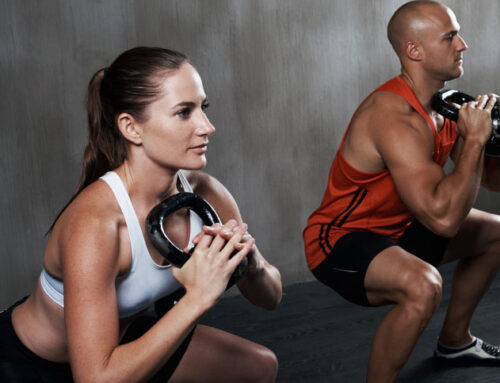As the snow starts to melt and there’s that spring smell in the air, there’s a definite shift to move how we exercise from our dark basement to the spring sunlight. Running is such a convenient way to get your daily dose of movement. But, before you lace up and head out the door, check out these tips to help keep you feeling great all season long!
- Wait AT LEAST 6 weeks post partum before starting a running program. Ideally 3 months would be better. Your body has been through a lot and there’s a healing process that needs to happen NO MATTER how fit or unfit you were before and during pregnancy.
- Make sure your deep core and pelvic floor is working well. Signs that it’s not are:
- Incontience
- Urinary urgency
- Feelings of heaviness/pressure (prolapse)
- Rectus diastasis
- Hip/back/pelvis pain
- NOTE: just because you may be experiencing these symptoms, doesn’t mean you can’t start running/exercises, but knowing where to start and how much is too much is important**
- Footwear: How old are your running shoes? Even though they may look good on the outside, shoes can start to breakdown after 3-500 km of use. So tally up how many miles you’ve put on them and if you’ve already put in some distance, consider picking up a new pair.
- Strength training: Although a lot of runners tend to shy away from strength training, it’s an important piece to help staying injury free. If you don’t know where to start, reach out to someone in your area to put a program together for you. A good program geared to runner’s should incorporate some single leg stability work, balance, strengthening the big muscle groups of the lower body and proper core work.
- Stretching and mobility: making sure you have good (not excessive) mobility through the joints of your lower body and thoracic spine can help ensure injuries stay at bay.
- Don’t do too much too soon: Deciding how much running to start out with is really individual. A general guideline is to increase mileage by 10% per week (as long as no issues come up). First build distance, then add some speed work if you feel like it!
- Start with a walk-run: If you haven’t been too active over the winter or are just starting out, consider a walk-run program. Those are great to build endurance, confidence and allow your body to adapt.
Questions? Not sure where to start? Reach out and let us help you get started!




